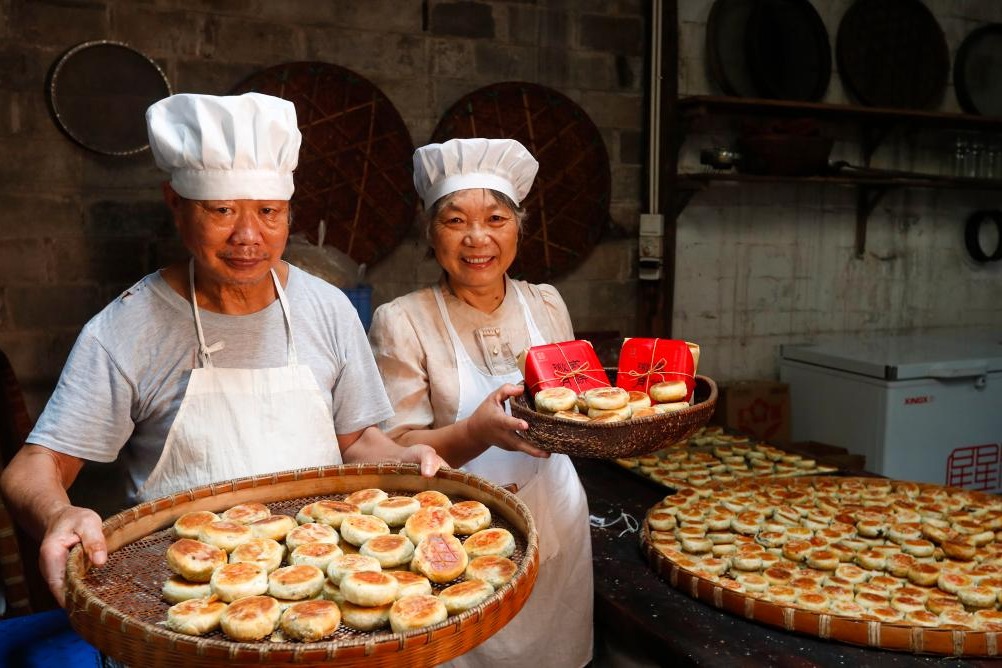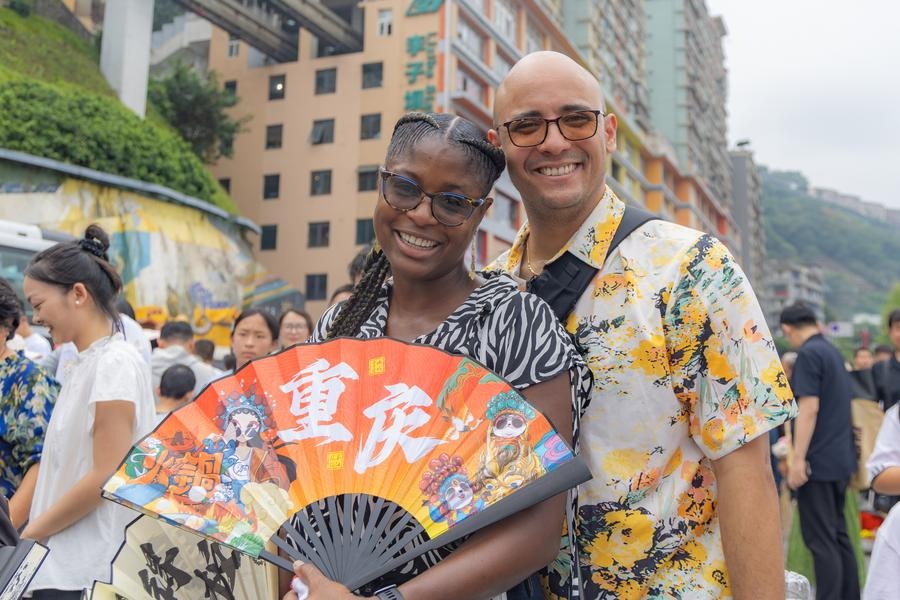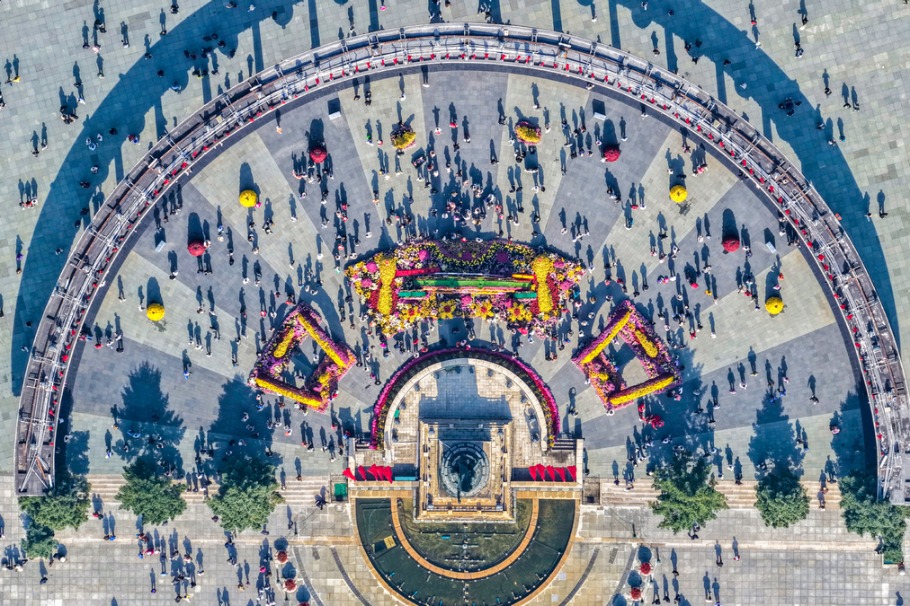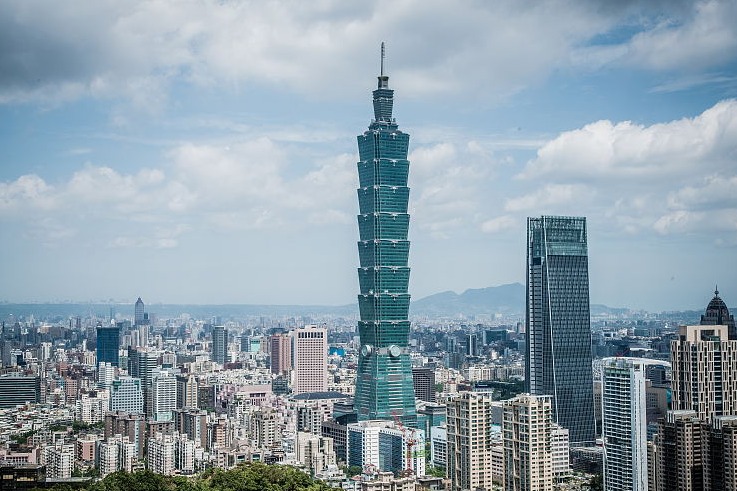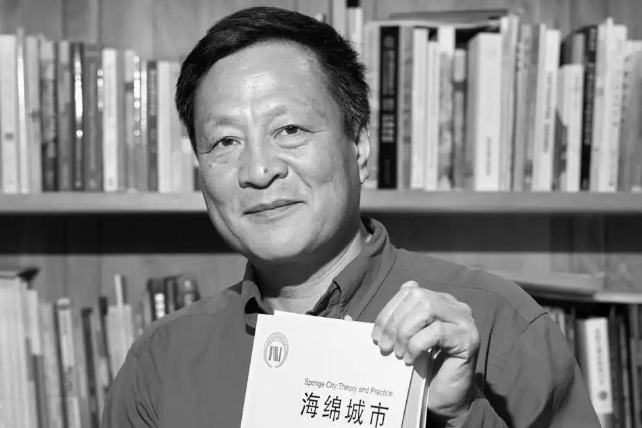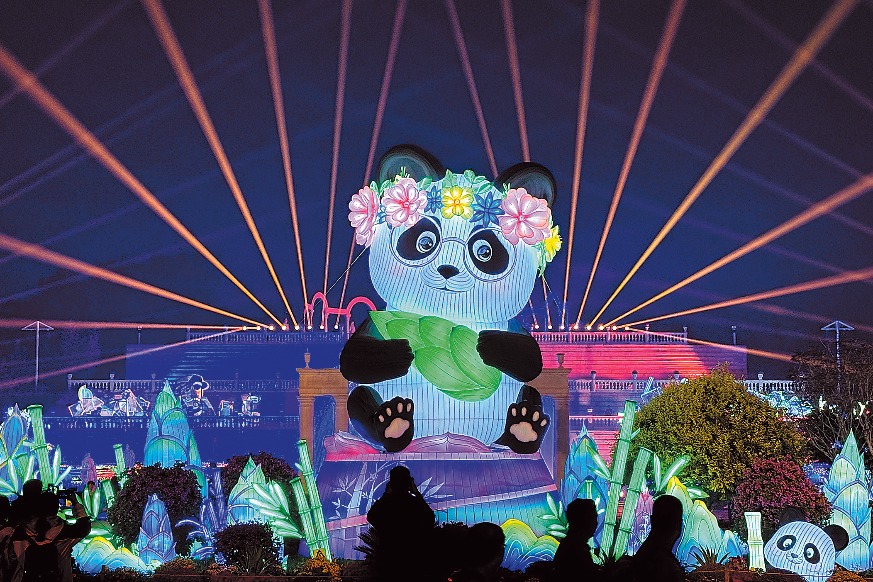Xiamen becomes seaside haven for artists, cultural industries

| |
In the past, the more than 1,500 local citizens made their living by planting crops, catching seafood or raising fish. With the rise of urbanization, the old pattern of life changed.
A group of young painters, sculptors and folk singers came here due to geographical location, forming the foundation of the area's cultural and creative tourism.
The local government helped to organize grass-roots associations for the about 5,000 youths involved in art to hold cultural events such as New Year parties and training courses for artistic topics.
Li Renjia, owner of a cake store in Zengcuoan village, said he left Beijing after seven years of working with the US-based catering group, Yum Brands Inc, and returned to his hometown in Fujian province in 2012 to begin his own business.
"When Fujian people welcome a visitor in their home, the first thing the host will do is make a cup of tea," Li said.
When involving business issues, people here tend to be more relaxed and would chat or have dinner together, instead of only stressing efficiency and results, he added.
"Not all things were written in black and white in contracts, but they would keep their promises. It is a spirit of integrity," he said.
A few years ago, the shop owners signed an agreement for honest trading. Stores engaged in any behavior of cheating will be driven out of the village, he said.
Li brought the recipe of traditional cake-making of Pinghe county in Fujian from 1899 and applied it to the cooking of sweet cakes containing fresh flowers to target female customers, typically from 18 to 30 years old.
Daily sales have surged from about 100 yuan ($14.73) in 2012 to more than 10,000 yuan today, he said.
Hou Yen-chin, a 36-year-old man from Miaoli county in Taiwan, opened a porcelain store in Zengcuoan village in 2015.
"There are many things in common between here and my hometown," he said. "They both have a slow and tranquil lifestyle."
Now tourists from across the country come to his shop to paint porcelain cups with custom words and images with their own hands, showing love for their loved ones, he said.
The Siming district of Xiamen is not only attracting young artists but also young couples. The 13 hectares of Xitouxia village are now home to 10 wedding photography organizations and more than 70 photography workshops where about 30,000 couples from around the country come to take wedding photos every year.
As the closest village to the Jinmen Islands, Xitouxia has experienced extraordinary changes.
The first house constructed after the war in 1958 now displays antiques, including soldiers' caps and water cups, sewing machines and black-and-white television sets.
The stone houses once accommodated villagers who lost their homes during the war and has been kept in its original form. As the village closest to the sea in the city with a higher altitude, Xitouxia also has large beach areas and long coastlines.
In 2003, the first photo studio settled in the village, followed by others.
New couples love the seascapes, making it the perfect place to develop the photography industry, said the owner of Houguhuayi Studio.
chenmeiling@chinadaily.com.cn
- Red alert as Typhoon Matmo makes landfall in South China
- New reception hall aims to transform Guangzhou into international trade hub
- Typhoon Matmo to make landfall on Sunday
- Mid-Autumn Festival event promotes cross-Strait harmony in Fuzhou
- Vibrant China during holiday: 'China Travel' thrives
- China's National Day box office surpasses 1.1-billion-yuan mark

















